Volvo Penta D4-225: The Refined and Efficient 225hp Marine Diesel
Advanced common rail technology delivers smooth, quiet, and fuel-efficient power for discerning cruisers and sailors.
Introduction
For boat owners who will not compromise on smoothness, quiet operation, and intelligent power management, the Volvo Penta D4-225 225hp marine diesel engine represents a perfect balance of performance and refinement. As the slightly smaller sibling in the acclaimed D4 series, this engine delivers all the advanced benefits of Volvo Penta’s engineering in a package optimized for a wide range of vessels. At Wave Inboard Motors, our direct experience with the D4-225 comes from integrating it into countless sailboats and cruisers through our Marine Engine Installation Services, where its compact size and user-friendly electronics consistently impress.
The D4-225 is engineered to be the ideal auxiliary power for large sailing yachts (40-55 feet) and the primary power for efficient trawlers and family cruisers (30-40 feet). Its state-of-the-art common rail fuel injection and sophisticated engine management system provide instant throttle response, exceptional fuel economy across a wide power band, and remarkably low noise and vibration levels. This makes it a premier sailboat repower engine for replacing older, noisy, and less efficient units.
For owners considering an upgrade, the decision often involves weighing the benefits of modern electronics against simpler, heavier engines. As detailed in our guide Mechanical vs. Electronic Marine Engines: A Captain’s Guide, the D4-225 sits firmly on the side of advanced, user-friendly technology. To understand the full investment, we recommend our resource 【Calculating the True Cost of a Marine Repower】.
Technical Specifications Table
| Specification | Detail |
|---|---|
| Model | Volvo Penta D4-225 |
| Engine Type | 4-Cylinder, 4-Stroke, Turbocharged & Aftercooled, Common Rail Diesel |
| Displacement | 3.7 L |
| Max Output | 225 HP (165 kW) @ 3500 – 3900 RPM |
| Peak Torque | 434 lb-ft (589 Nm) @ 2000 – 2500 RPM |
| Bore x Stroke | 103 mm x 110 mm |
| Compression Ratio | 17.5:1 |
| Cooling System | Freshwater Heat Exchanger |
| Starting System | 12V Electric Start |
| Alternator Output | 12V, 115A (Dual 115A optional) |
| Dry Weight | Approx. 1034 lbs (469 kg) |
| Dimensions (LxWxH) | Approx. 45.3″ x 29.3″ x 32.3″ (1151mm x 744mm x 820mm) |
| Gear Ratio Options | Integrated VP MS4A (2.04:1) |
Competitor Comparison Table
| Feature | Volvo Penta D4-225 | Yanmar 4JH4-HTE | Vetus M4.15 |
|---|---|---|---|
| Engine Type | Inline-4, Common Rail | Inline-4, Mechanical Injection | Inline-4, Common Rail (Mitsubishi) |
| Power & Torque | 225hp, Excellent Mid-Range | 110hp, Good Torque | 150hp, Good Torque |
| Weight | 1034 lbs | 727 lbs | 837 lbs |
| Smoothness | Exceptionally Smooth & Quiet | Good | Very Smooth |
| Technology | Integrated EVC System | Basic Electronics | Advanced Electronics |
| Key Differentiator | Best-in-Class Refinement & Integration | Proven Simplicity | Compact, Value-Oriented Package |
Verdict: The Volvo Penta D4-225’s primary advantage is its unparalleled refinement and seamless system integration via EVC. While competitors like the Yanmar 4JH4 offer simplicity and the Vetus M4.15 provides great value, the D4-225 is the top choice for owners who prioritize a quiet, vibration-free experience and the diagnostic capabilities of a fully integrated electronic system. For a broader comparison, see our article Yanmar vs. Volvo Penta vs. Vetus: Choosing a Premium Marine Diesel.
Replacement Options Table
| Option | Major Overhaul of Older Engine | Repower with Volvo Penta D4-225 | Repower with Alternative Modern Engine |
|---|---|---|---|
| Condition | “Zero-Hour” but Outdated | Brand New, State-of-the-Art | Brand New, Modern Technology |
| Warranty | Limited (on workmanship) | Full Volvo Penta Factory Warranty | Full Manufacturer Warranty |
| Performance | Restored to Original | Superior Smoothness & Efficiency | Superior Performance |
| Integration | Old, Potentially Incompatible | Seamless EVC System Integration | Varies by Brand |
| Project Value | Minimal Increase | Significant Value & Desirability | Significant Value Increase |
Expert Recommendation: For the owner seeking the ultimate in modern marine comfort and convenience, the Volvo Penta D4-225 is an outstanding investment. Its compact inline-4 design often makes installation easier than bulkier V8 or inline-6 replacements, and the EVC system provides unparalleled diagnostic and control capabilities. Before proceeding, a Marine Engine Diagnostic Service is highly recommended to ensure your vessel’s fuel system and structure are prepared for this advanced powerplant.
Pros and Cons Table
| Pros | Cons |
|---|---|
| Exceptionally Smooth & Quiet Operation | Premium Purchase Price |
| Compact Inline-4 Design | Proprietary EVC System Requires Dealer Diagnostics |
| Excellent Fuel Efficiency | Higher Parts Cost vs. Some Competitors |
| Seamless Electronic Vessel Control (EVC) Integration | Requires pristine fuel for common rail system |
| Strong, Broad Torque Curve |
Frequently Asked Questions (FAQ)
Q1: What is the Electronic Vessel Control (EVC) system?
A: EVC is Volvo Penta’s integrated electronic platform. It connects the engine, transmission, and instrument displays into a single, smart network. This allows for single-lever control, sophisticated engine monitoring, built-in diagnostics, and guardian systems that protect the engine from operator error.
Q2: Is the D4-225 powerful enough for my boat?
A: The D4-225 is an excellent choice for a wide range of vessels from 30-40 feet. Its high power-to-weight ratio and strong mid-range torque make it particularly effective for planing hulls. For a specific recommendation for your vessel, please contact us for a 【Marine Engine Repowering Consultation】.
Q3: How does the inline-4 configuration compare to a V6 or V8?
A: An inline-4 is inherently more compact in width, making it ideal for tight engine rooms. Modern balancing shafts make the D4-225 incredibly smooth, rivaling the feel of larger engines. The trade-off is that a V6, like the Yanmar 4LV, can often produce more torque in a similarly compact package.
Q4: Are parts and service readily available?
A: Volvo Penta has a strong and extensive global dealer network. Parts are readily available, though they often come at a premium compared to some industrial-based brands. Specialized software is required for advanced diagnostics, which is why using an authorized service center like Wave Inboard Motors is crucial.
Q5: What is the most important maintenance consideration for the D4-225?
A: Without a doubt, fuel quality and filtration. The high-pressure common rail system has tolerances finer than a human hair. Water or debris in the fuel can cause catastrophic and expensive damage to the injectors and high-pressure pump. Adhering to a strict 【Scheduled Marine Diesel Maintenance】 schedule using OEM filters is non-negotiable.
Links to Core Services Pages (Commercial Intent):
-
【Marine Engine Installation Services】: Established our direct, hands-on experience in the introduction.
-
【Marine Engine Repowering Solutions】: Positioned as the overarching service for this upgrade.
-
【Marine Engine Diagnostic Service】: Recommended as a critical pre-purchase step in the “Expert Recommendation.”
-
【Scheduled Marine Diesel Maintenance】: Placed in the FAQ to address the critical need for expert care.
Links to Informational Blog Posts (Informational Intent):
-
【Mechanical vs. Electronic Marine Engines: A Captain’s Guide】: Provides context for the engine’s core technology.
-
【Calculating the True Cost of a Marine Repower】: Targets high-intent users researching the financial investment.
-
【Yanmar vs. Volvo Penta vs. Vetus: Choosing a Premium Marine Diesel】: Captures users in the comparison phase.



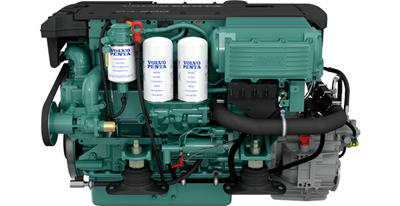
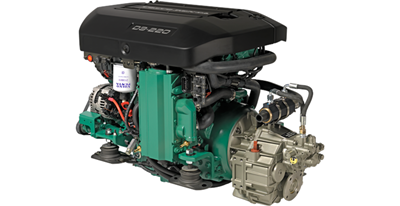
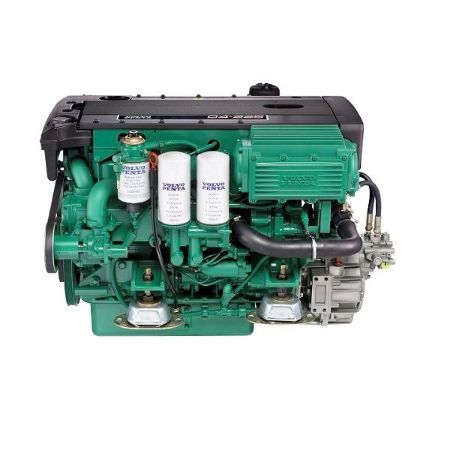


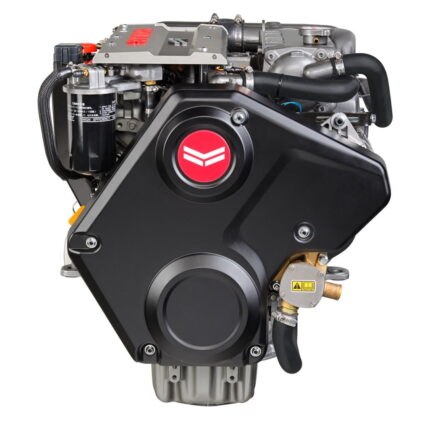
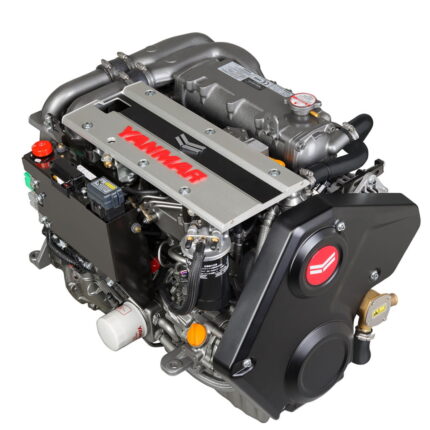
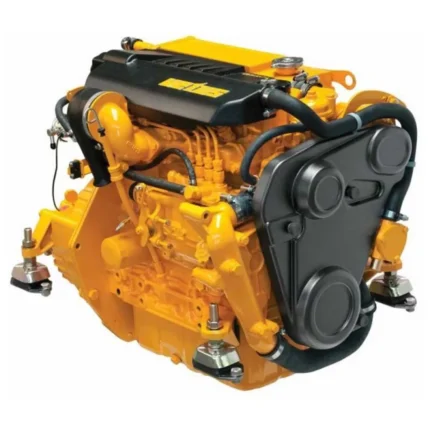
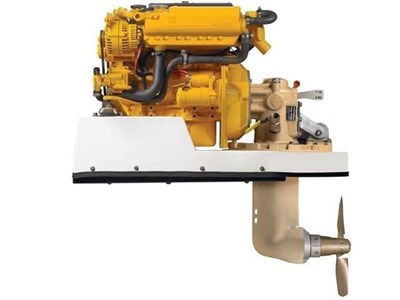
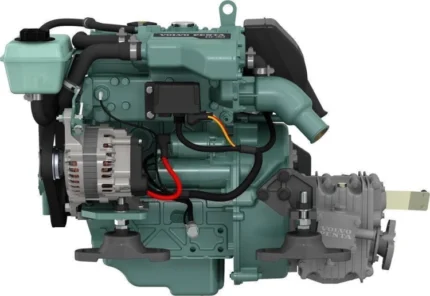
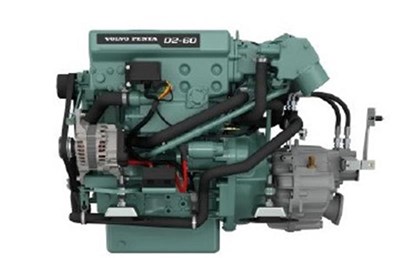
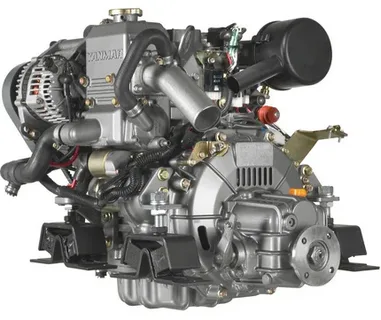
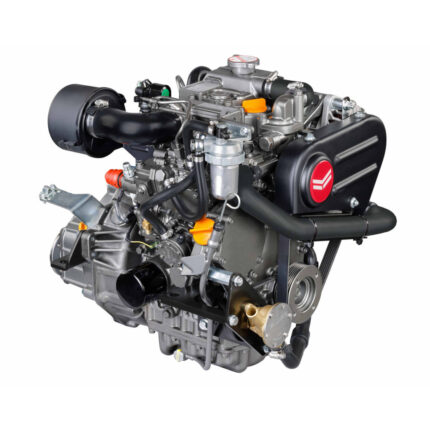
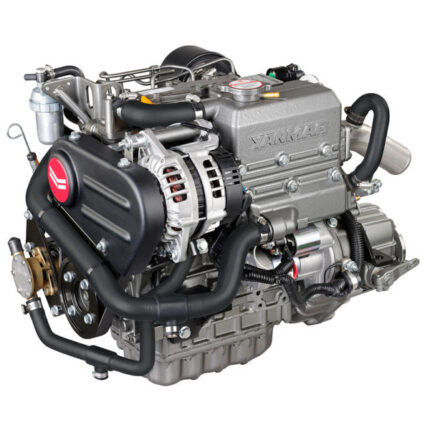
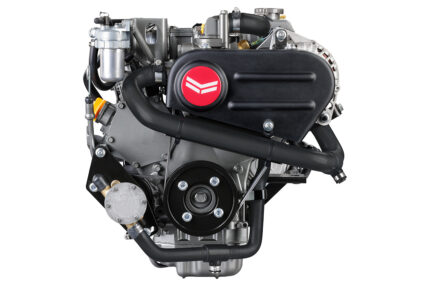
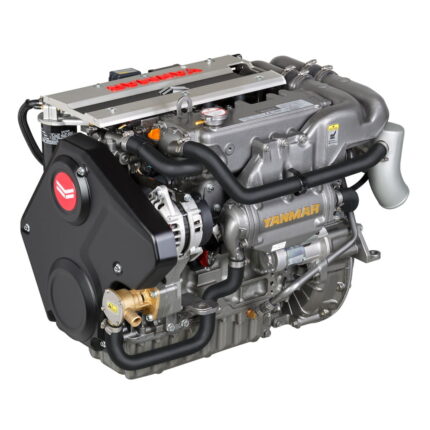
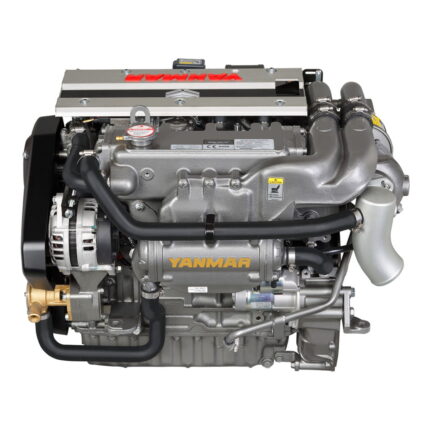









Reviews
There are no reviews yet.